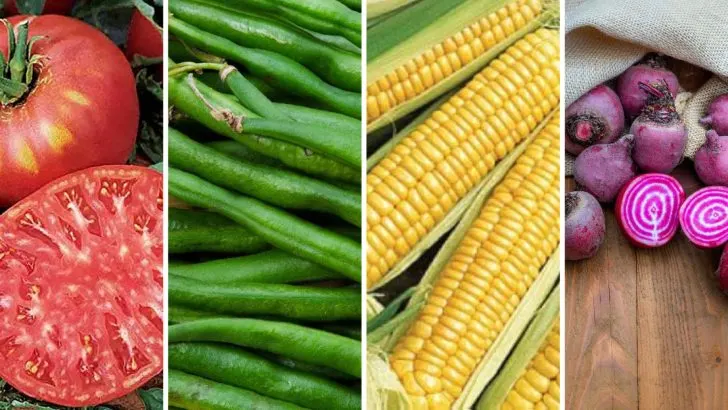Grandma’s garden was always brimming with vibrant, delicious heirloom vegetables that had been passed down through generations.
These time-tested varieties not only brought incredible flavor to every meal but also carried with them stories and traditions. Whether it was the sweet, tender tomatoes or the hearty beans, each plant had its own unique charm. In this article, I’ll share the 7 best heirloom vegetables that Grandma always grew and how you can grow them in your own garden today.
These heirloom varieties are not only delicious but are a wonderful way to keep gardening traditions alive and thriving for future generations.
Brandywine Tomato
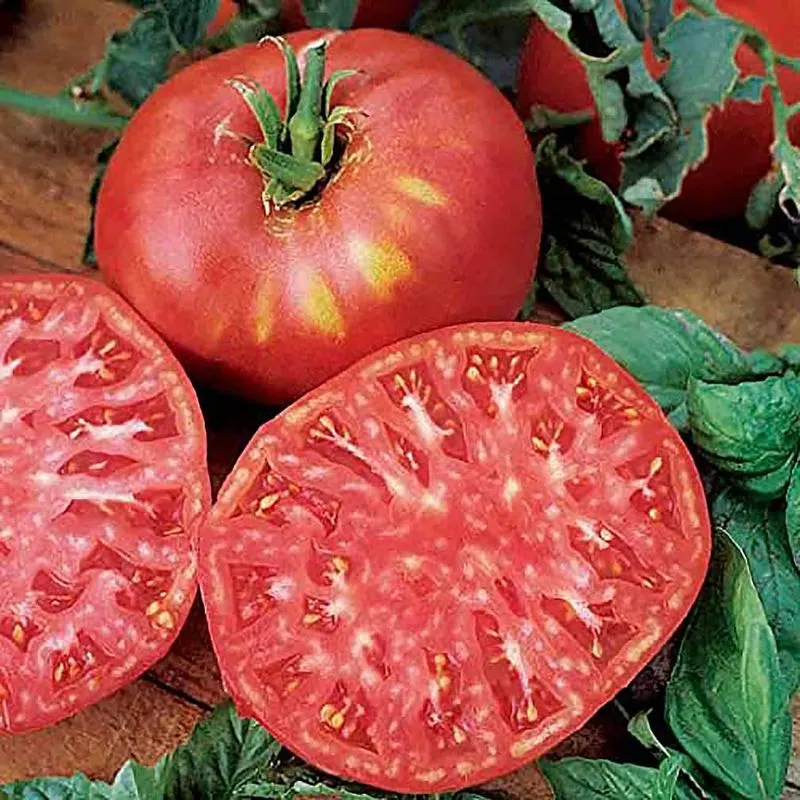
When considering tomatoes, Brandywine is a standout heirloom variety with its unique pink hue and robust flavor. Known for its juicy, rich taste, Brandywine tomatoes are a favorite among gardeners seeking authenticity.
Planting them requires ample sunlight and space, as they can grow quite large. Their indeterminate nature means they will keep producing until the first frost. These tomatoes are perfect for fresh salads or homemade sauces, bringing a touch of history to your meals.
Harvest them when they are fully colored for the best flavor, and enjoy the essence of past generations.
Kentucky Wonder Bean
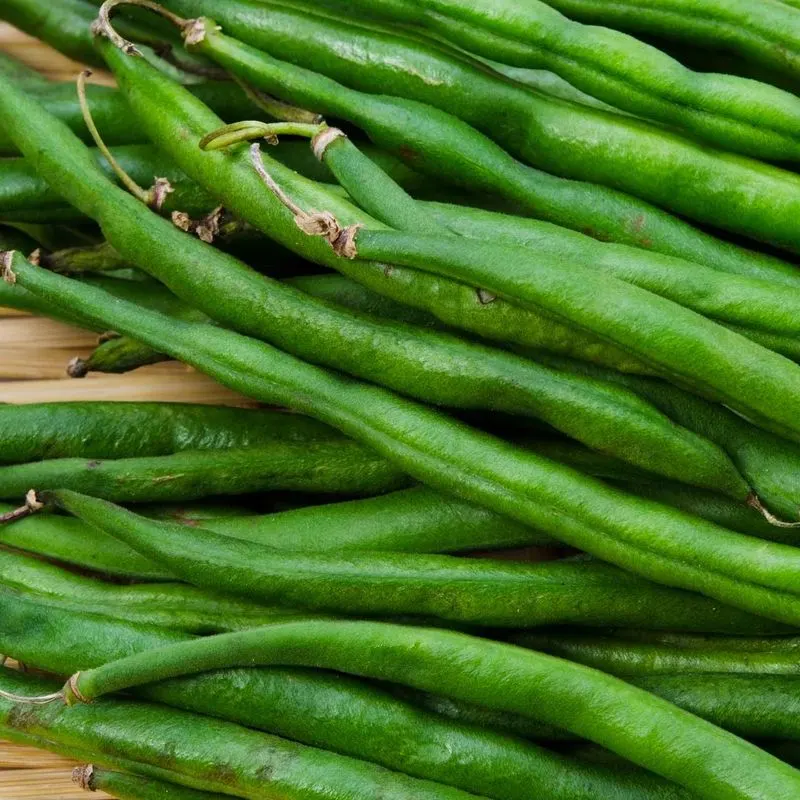
Kentucky Wonder beans have been a staple in gardens for decades, known for their productivity and flavor. These beans grow well on poles, making them a great choice for vertical gardening.
They are appreciated for their crisp texture and sweet taste, whether eaten fresh or preserved. Regular picking encourages more pods to develop, ensuring a continuous harvest throughout the season. Kentucky Wonder beans thrive in warm climates and need support to climb.
Their historical significance and dependable yield make them a charming addition to any garden, echoing the practices of past gardeners.
Golden Bantam Corn
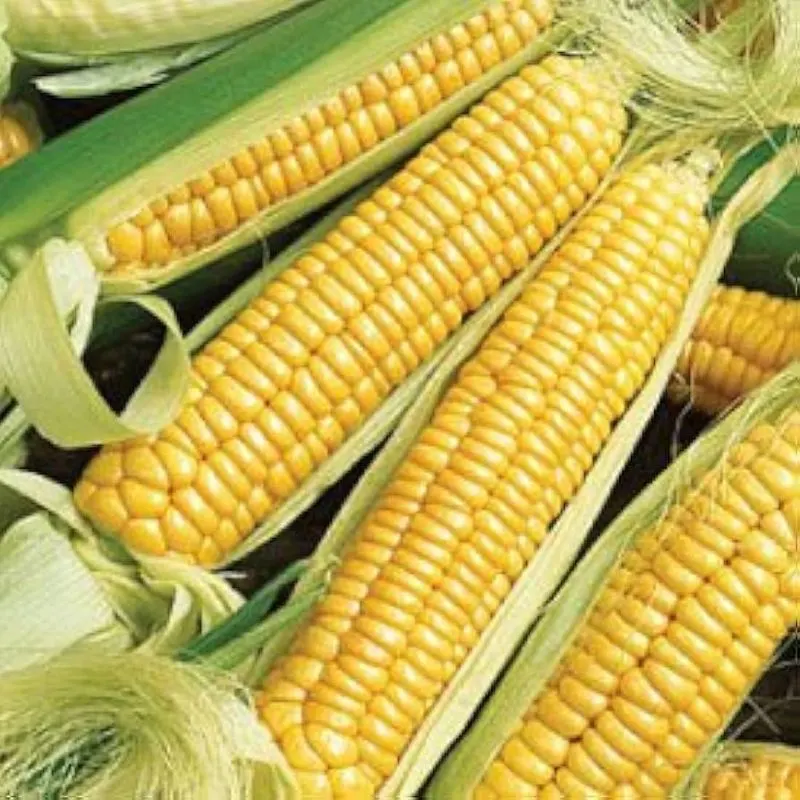
Golden Bantam corn is cherished for its sweet flavor and early maturity, making it a pioneer in the realm of open-pollinated corn. Its bright yellow kernels are not only delicious but also a testament to garden heritage. This variety grows to about five feet tall and adapts well to various growing conditions.
The corn’s silky tassels signal it’s time for harvest, usually around 70 days after planting. Enjoy it freshly boiled or grilled, capturing the essence of summer. Golden Bantam is more than just corn; it’s a symbol of enduring agricultural traditions.
Chioggia Beet
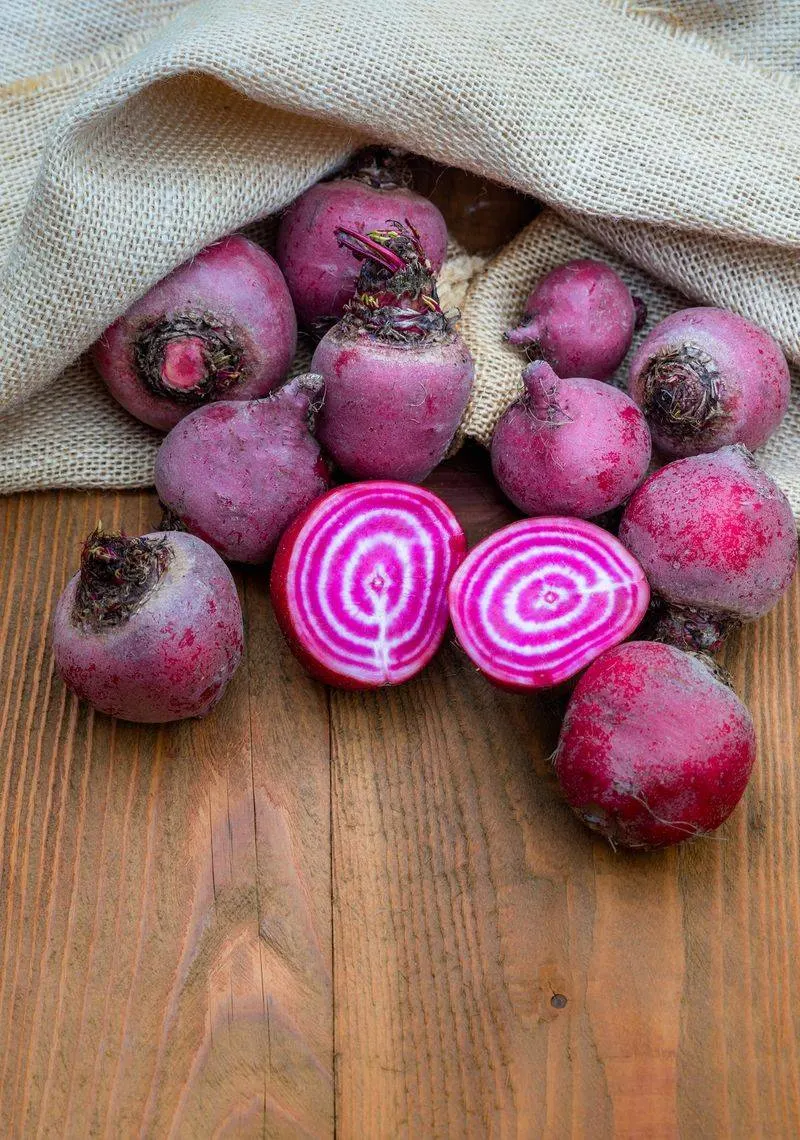
Chioggia beets are known for their stunning appearance and sweet, earthy taste. These Italian heirlooms feature concentric red and white rings inside, adding a visual flair to meals. Easy to grow, they prefer cooler weather and can be harvested small for tender roots.
Chioggia beets can be roasted, pickled, or eaten raw, offering versatility in the kitchen. Their vibrant colors remain even when cooked, making them a delightful addition to salads. These beets not only nourish the body but also feed the soul, connecting us to traditional European roots.
Waltham Butternut Squash
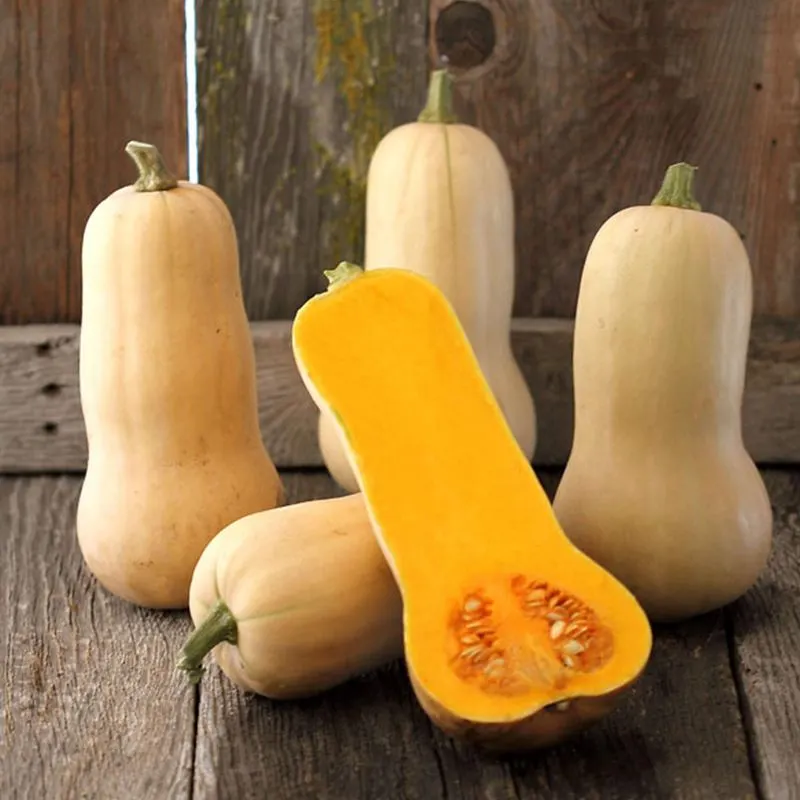
Waltham Butternut squash stands out with its rich, nutty flavor and smooth texture, ideal for soups and roasting. This winter squash is known for its storage capability, lasting through the colder months when properly cured. Its vines spread widely, requiring space to grow, and produce abundantly.
Harvest when the skin turns a deep tan and hardens. The squash’s versatility and enduring nature echo the resourcefulness of past generations. It’s not just sustenance but a staple that embodies comfort and warmth, perfect for cozy, hearty meals.
Rattlesnake Pole Bean
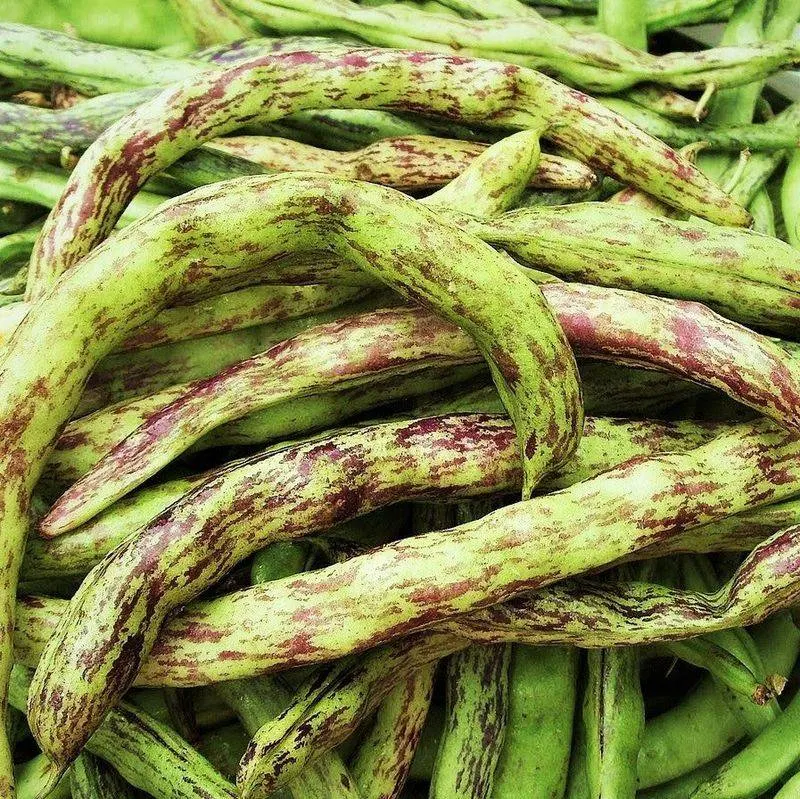
Rattlesnake pole beans are named for their distinct purple streaks that twist along the pods, resembling a rattlesnake’s skin. These beans are heat-tolerant and thrive in warm climates, making them suitable for summer gardens. Known for their resilience and flavor, they can be eaten fresh or dried.
Rattlesnake beans require a sturdy support to climb, providing vertical interest in the garden. Their unique appearance and culinary flexibility make them a standout choice. As you harvest, you’re reminded of the time-honored gardening practices passed down through generations.
Black Krim Tomato
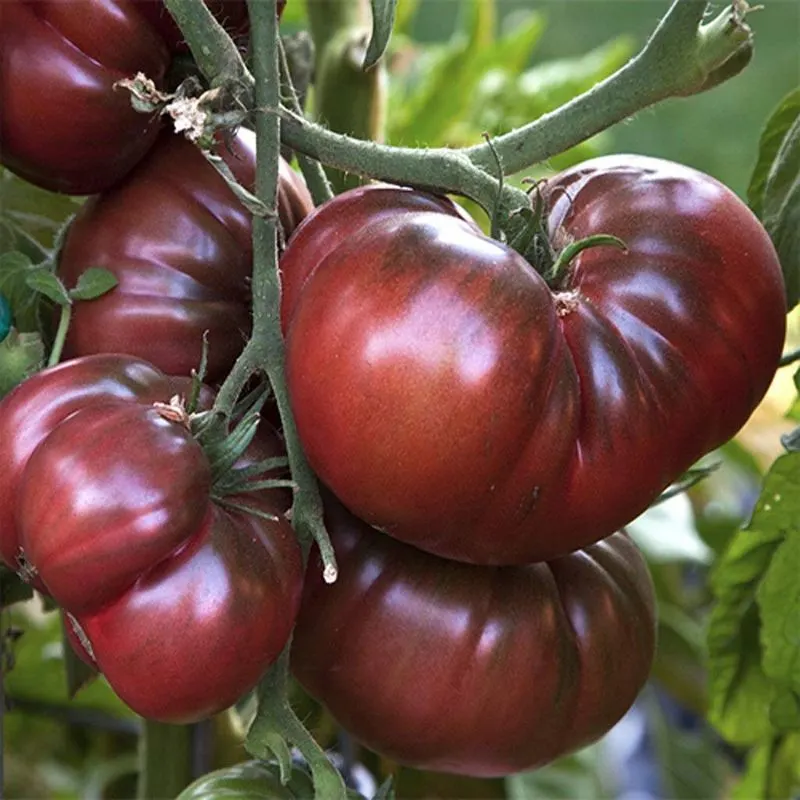
Black Krim tomatoes are renowned for their rich, smoky flavor and striking appearance. Originating from the Crimean peninsula, they have a deep maroon color with green shoulders, making them visually distinctive.
These tomatoes thrive in warm, sunny spots and require regular watering for optimal growth. They’re perfect for adding depth to salads or sandwiches.
Their complex taste and historical roots make them a beloved heirloom choice. When you grow Black Krim, you’re not just planting a tomato; you’re nurturing a piece of history that has been cherished by gardeners worldwide.

